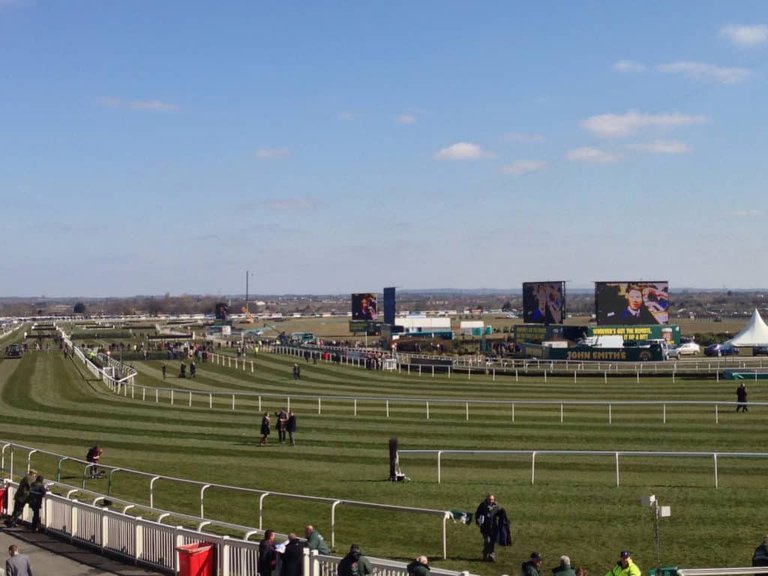
"Aintree Grand National 2013" (CC BY 2.0) by stacey.cavanagh
For the better part of two centuries, the Grand National has remained a staple in British sporting culture. The race, which takes place at Aintree in Liverpool every single year, has been run since 1839 and has featured some of the most famous horses, jockeys and trainers in history. Since we’ve talked about how to prepare a horse for the Grand National, what to wear to Aintree, and everything in between in the past, we thought it was about time we explored the history of this world-famous race.
Aintree itself was founded by a proprietor of the Waterloo Hotel named William Lynn, who had leased the land from none other than William Molyneux, second Earl of Sefton who laid the foundation stone of 7 February 1829. As for when the first Grand National was officially run, there is a little bit of debate. Historians such as John Pinfold believe that the race first appeared on the line up in 1836, while others go by newspaper reports from the time that don’t describe the annual race as ‘National’ until 1939.
In actuality, the race probably grew and developed into the race we know today over those three years. There was a race in Liverpool in 1936 that was won by The Duke, who coincidentally won the same race the next year though Sir William took the title in 1938. However, some believe that these races took place at Maghull and not Aintree, though we can never be sure. Regardless, there were numerous factors that led to the race becoming more popular.
Red Rum
Firstly, a similar race named the Great St. Albans Chase was not renewed for 1839, which led to a lot of racing fans looking for alternative races to follow that year. Secondly, Liverpool happened to finish their railway that year, allowing more travellers from around the country to enter the city. Finally, and perhaps most importantly, a committee was finally established to properly organise, promote and hold the event. So, when the race rolled around in 1839, it attracted a huge audience, as well as numerous participants, thus becoming the Grand National we know and love.
Over the decades, the Grand National began to attract further attention due to the likes of Red Rum, Aldaniti, the Pitman family, Devon Loch and others, all of whom hold a special place in racing history. Of course, as radio and television became household amenities for millions of people around the world, the race continued to grow in popularity. In fact, in 2017, the race drew a five-minute peak audience of 8.2 million and an audience share of 62% in the UK, according to The Guardian.
The internet has also had a huge impact on the Grand National’s popularity, not only due to live streaming around the globe but also due to the iGaming industry. For years, many people went to betting shops to pick their favourites but now race fanatics can research the race, get Grand National tips and bet on their favourite horses all from the comfort of their own homes at sites like Betfair. For 2017’s race alone, it is thought that bets totalled £300 million, making it Britain’s single largest betting event of that year.
The Grand National remains a true British sporting institution, celebrated globally and enjoyed by millions. There’s no doubt in our minds that the race will continue for many years to come, and we can’t wait to see what the future holds.
i hear other races have pets some unlike anything on our world.... should be something seeing all that wowseys!